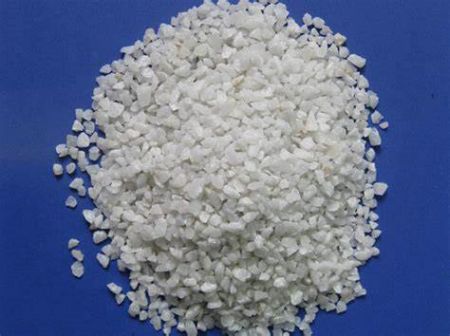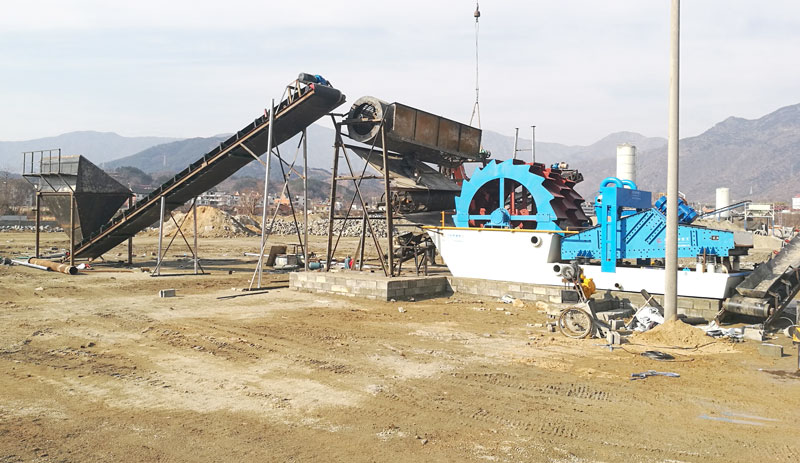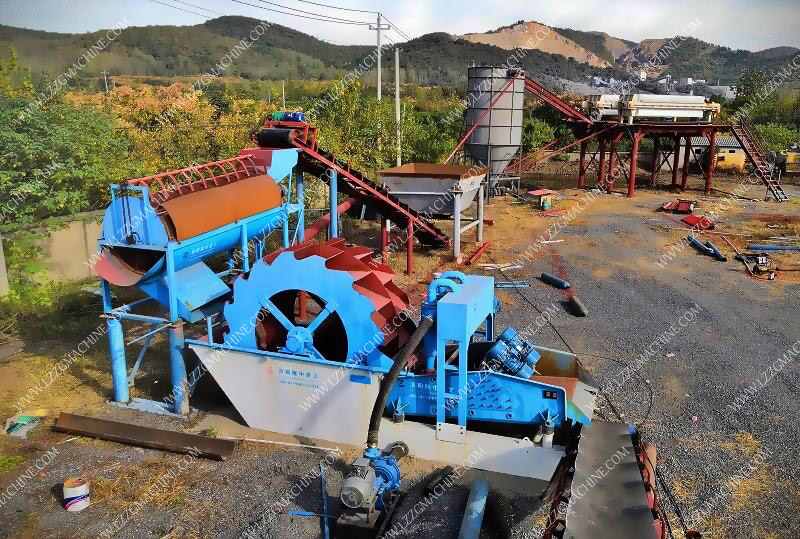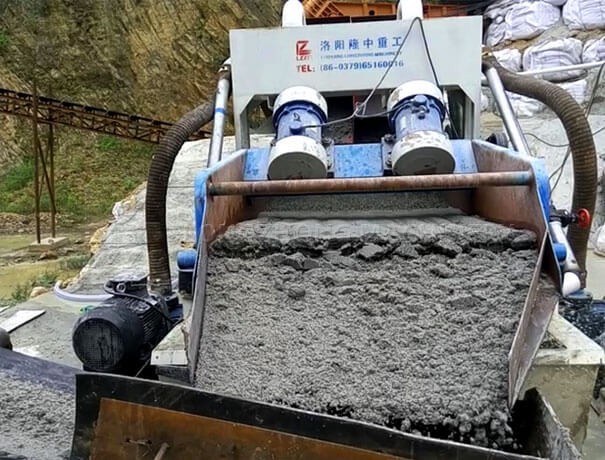How to differentiate between granite, limestone and basalt
 June.07,2024
June.07,2024
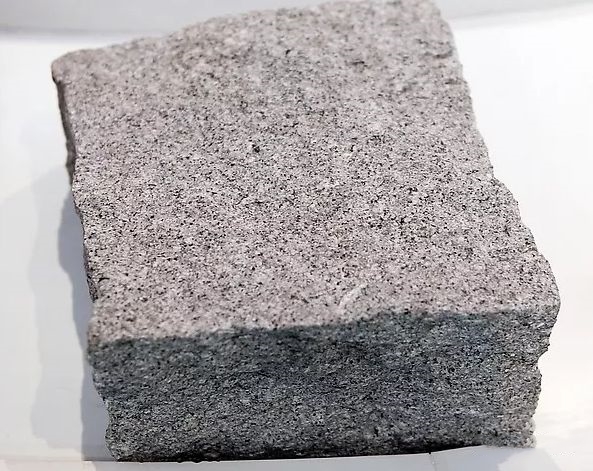
granite
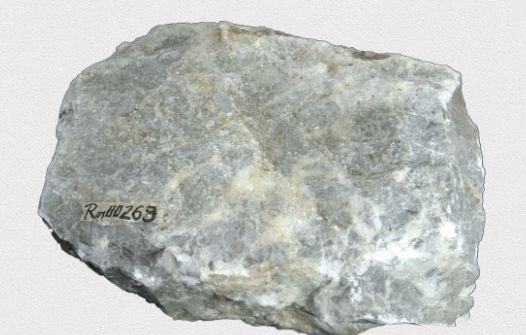
limestone
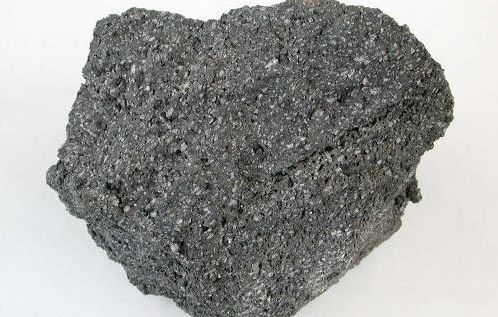
basalt
Distinguish from appearance
Granite has obvious grain crystallization. There are obvious black spots (mica), colorless translucent quartz and flesh-colored feldspar. Its stone surface is a mixture of the first three crystals, so it has densely packed dots of different colors.
Limestone is a fossil deposited by the remains of ancient organisms. So the surface has different shades of color formed by the remains of living things. The sedimentation has differences and levels of color and pattern according to different ages. Native limestone does not crystallize. The slate has moire and color.
Basalt is a hexagonal cylinder with a maximum diameter of no more than 90 cm. It is black. It turns into dark gray after weathering. Some basalt has air holes.
Distinguish by hardness
The hardness of granite is about 8. The hardness of basalt is 4 to 5. The hardness of limestone is 2 to 3.
Granite can be carved into basalt and limestone surfaces. But basalt and lime cannot scratch granite.
Basalt can scratch limestone, but not granite.
Limestone is soft and cannot be carved with the above two types of stones. It can only be carved by the above two kinds of stones.
Basalt, granite, and limestone are ideal green building materials with hard texture. They can be used as raw materials for sand in sand production lines. Sand made from basalt is mixed with retarded concrete to reduce the weight of concrete and has the advantages of It has the effect of heat insulation and sound insulation, and is a good aggregate for lightweight concrete in high-rise buildings. The stone powder produced after crushing lime, granite, etc. can also be reused, etc. These are better choices to replace natural sand.


